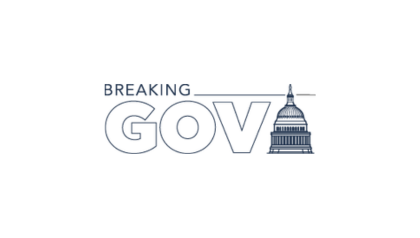
Mobile technology will clearly take a higher profile role as federal leaders develop IT plans in the coming year, but it was clear from several who spoke on the topic Thursday that strategies vary widely between agencies.
Speakers at a mobile government summit at the Hotel Monaco in Washington, D.C., said mobility plans must be integrated into ongoing efforts rather than evolving as a separate entity. (See related story, “Federal Mobility Plan Takes Shape.”) Keep reading →

 The TechAmerica Foundation, which has helped define cloud computing and IT policy discussions in the public sector, announced a new leader today.
The TechAmerica Foundation, which has helped define cloud computing and IT policy discussions in the public sector, announced a new leader today. The names of this year’s 100 most influential executives in the government IT community were
The names of this year’s 100 most influential executives in the government IT community were  Government agencies are savings billions of dollars from virtualization; and those savings are projected to grow as workloads in virtualized server and desktop environments are expected to double by 2015. But agencies must overcome funding uncertainties, concerns about legacy systems and other barriers to achieve virtualization’s full potential, according to a new industry survey of government IT executives.
Government agencies are savings billions of dollars from virtualization; and those savings are projected to grow as workloads in virtualized server and desktop environments are expected to double by 2015. But agencies must overcome funding uncertainties, concerns about legacy systems and other barriers to achieve virtualization’s full potential, according to a new industry survey of government IT executives. The federal workforce, 2.1 million strong, has been the subject of growing criticism as of late. Much of the criticism is unfair. There are many
The federal workforce, 2.1 million strong, has been the subject of growing criticism as of late. Much of the criticism is unfair. There are many  What do well-balanced information security professionals look like, and why should the government be hiring them?
What do well-balanced information security professionals look like, and why should the government be hiring them?
 What do the Green Bay Packers and the Army Installation Management Command have in common? They both use the same computer software to make critical decisions.
What do the Green Bay Packers and the Army Installation Management Command have in common? They both use the same computer software to make critical decisions.